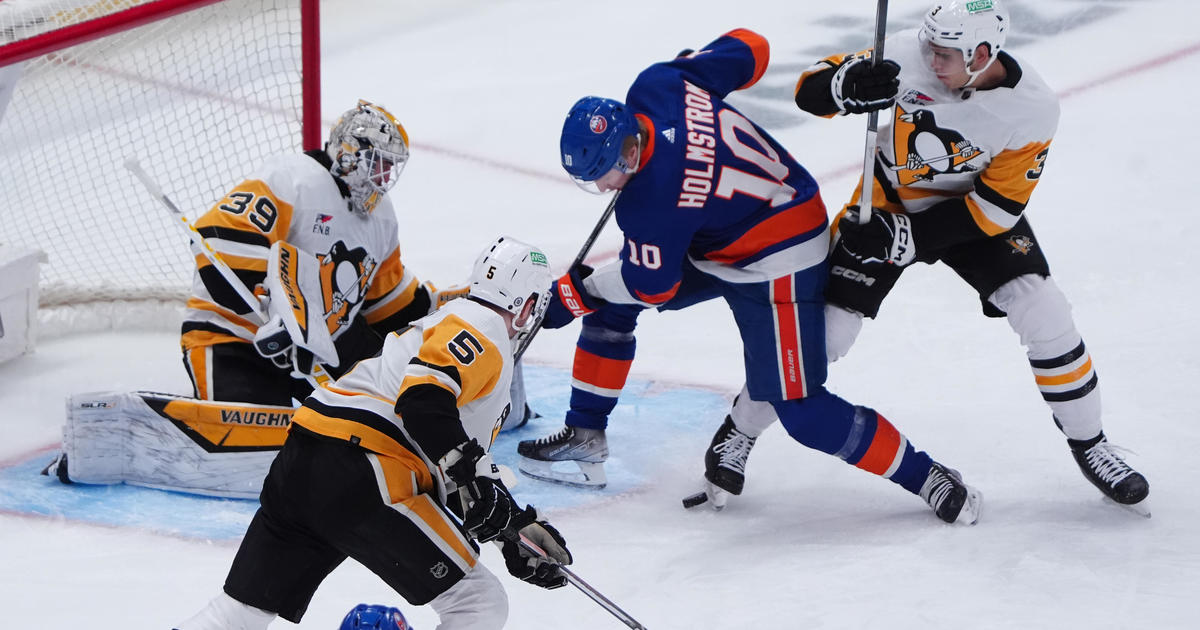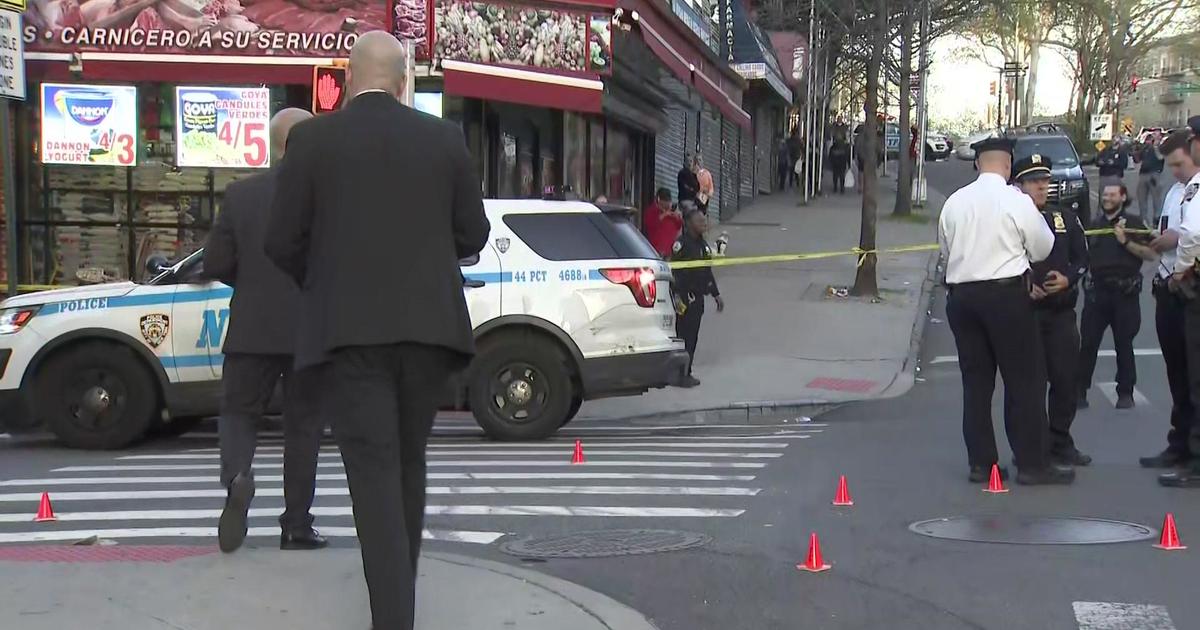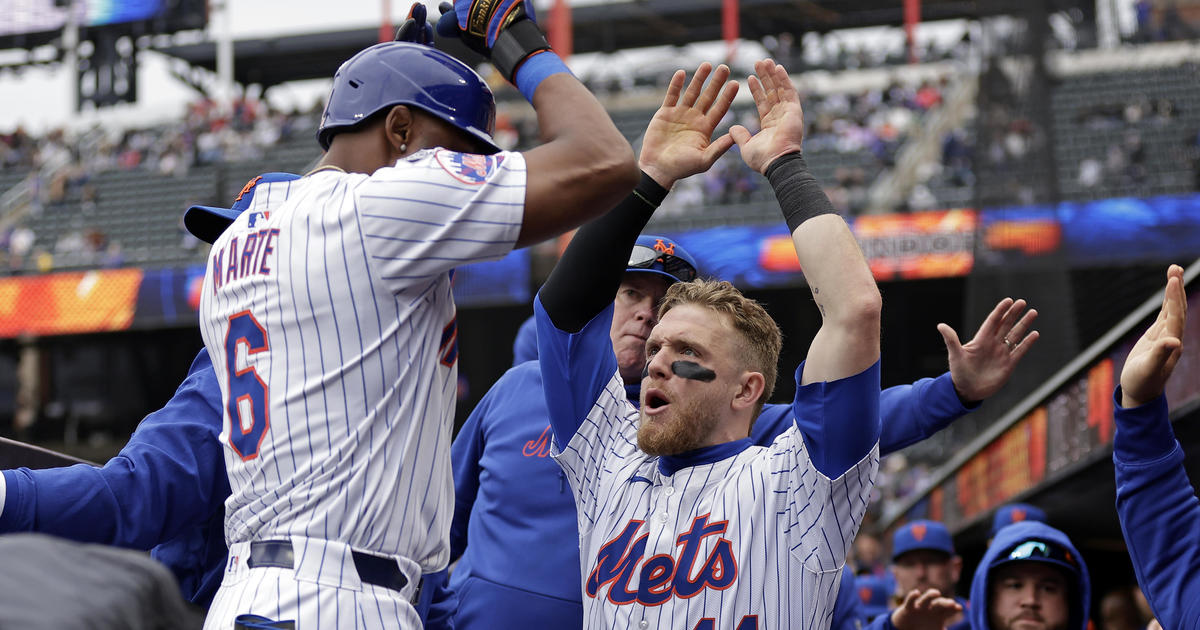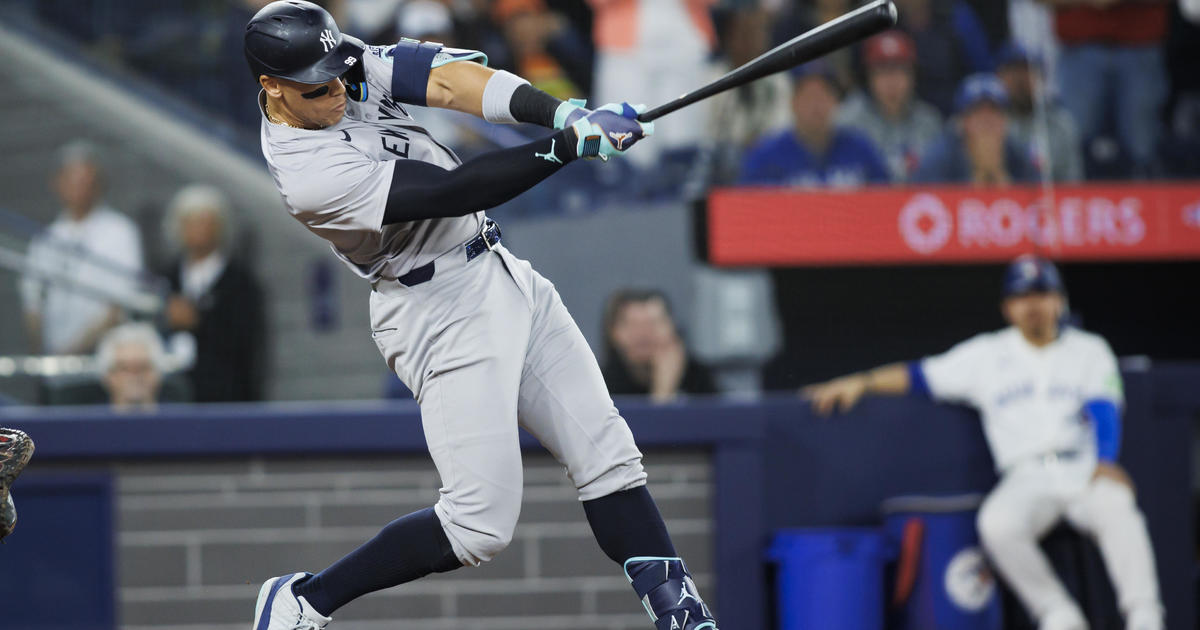Heinzmann: Although Woods Is Very Much In The Mix , He Shouldn't Be
By Joseph Heinzmann
As this is being written, Tiger Woods trails Masters leaders Brandt Snedeker and Angel Cabrera by four shots. Woods is very much in the mix for a fifth Green Jacket and fifteenth major championship. He shouldn't be.
By now everyone knows the facts surrounding Woods' erroneous ball drop after his ball took an unlucky carom into the pond on the fifteenth hole of his second round. Woods had three options under Rule 26 of The Rules of Golf:
- He could have played from a designated drop area;
- He could have dropped the ball keeping the point where it last crossed the margin of the hazard between him and the hole; or
- He could have played from a drop "as nearly as possible" from his previous shot.
It is undisputed that Woods did none of the above. Furthermore, it is undisputed that Woods played the ball from a wrong spot intentionally, albeit not maliciously. Though it has nothing to do with the proper ruling, nobody should believe, given Woods' long history of respecting the game, that Woods intentionally violated Rule 26; his integrity on the course is unquestioned.
According to the official statement by Masters Competition Committee Chairperson, Fred Ridley, "after being prompted by a television viewer, the Rules Committee reviewed a video of the shot while he was playing the 18th hole. At that moment and based on that evidence, the Committee determined he had complied with the Rules."
Let's stop right there for a moment because then, and with that evidence, the Committee was right. There was no obvious violation of the Rules given that the video clearly showed that Woods dropped the ball in reasonable proximity to where he played and, absent any other evidence, it would have been unreasonable to assess a penalty after the fact. Yes, there was the initial divot and some evidence that could have led to the conclusion that the drop wasn't near enough, but that was a judgment call and the Committee was well within reason in concluding that Woods complied with the Rule that they believed Woods applied.
But loose lips sink ships, as the saying goes, and after Woods walked from the 18th green, spoke with Rules officials, and signed his card, he appeared at a press conference where he discussed the drop. There, he said, "I went back to where I played it from, but I went two yards further back and I took, tried to take two yards off the shot of what I felt I hit." This was a clear admission that he played from the wrong spot and as a result, he incurred a two stroke penalty. Once Woods signed his card without those penalty strokes he should have been disqualified.
Why did Woods play from the wrong spot? Most likely because Woods, like many golfers, confused Rule 26 and its provision that permits a drop "with no limit to how far behind the water hazard the ball may be dropped" when keeping the point where the ball last crossed the margin of the hazard, with the "nearly as possible" provision. This is an understandable inadvertent violation of the Rule, but it is a violation.
The Committee reviewed Woods post round statements and determined that a violation had occurred. So far, so good. But the Committee then misapplied Rule 33-7 which states:
- A penalty of disqualification may in exceptional individual cases be waived, modified or imposed if the Committee considers such action warranted.
- So the Committee can do whatever it wants, right? Not exactly.
The USGA and The Royal and Ancient Golf Club (R&A) are the two governing bodies of golf. They make the Rules and issue periodic Decisions on how they are applied. They did so on April 7, 2011.
The Decision, known as Decision 33-7/4.5, provides crystal clear guidance on when a case is "exceptional" and detailed descriptions are provided illustrating when the Committee would be justified in waiving the disqualification penalty:
- When a player double hits his ball, is unaware that the double hit occurred, and learns after signing his card that "super-slow-motion video replay reveals" the double hit, it is proper to waive the disqualification;
- When in the backswing a player unknowingly hits a few grains of sand in a bunker but learns after signing his card that "a high-definition video replay" revealed the fact of hitting the sand, it is proper to waive disqualification; or
- When replacing the ball after marking it on the putting green, the player accidentally dislodges the ball but believes that it oscillated into its proper position only to learn after signing his scorecard that "video footage" shows that he was mistaken, it is proper to waive disqualification.
What these situations have in common is that the player is unaware of the facts and that the truth was revealed only after video review. The Rule is professional golf's answer to rules busybodies who call from their sofas complaining that players do not respect the Rules. In this sense, the "age of super-slow-motion high-definition" Rule was a welcome addition.
The Decision also illustrates when disqualification should not be waived:
When a player moves loose impediments in violation of the Rules and was unaware that his actions constituted a violation, the player is "aware of the facts" and therefore the disqualification should stand;
When a player touches a branch in his backswing while playing from a hazard and is aware of the touch, but fails to discover that the branch is detached from its tree, the player is not entitled to waiver of disqualification because "the player could have reasonably determined" the crucial fact.
The common thread in these situations is that the player knew the facts but misapplied the Rule ultimately signing the card for a lower score than permitted.
What did Woods do? Even though we don't have to guess because he told the world, examine the possibilities.
Is it possible that he took an illegal drop not because he did not know where the original spot was? If so, the disqualification could be waived due to ignorance of that fact. But it would be unreasonable for Woods to say he did not know that spot because there was a divot marking that spot so there is no possibility of relief from disqualification on this ground.
Is it possible that he did not know where the ball crossed the margin of the hazard? Not really. There is no disputing that Woods had a clear view of the unfortunate bounce and even if he did not, there was sufficient opportunity for him to take reasonable steps to locate that spot.
There are no other "facts" of which Woods could be unaware. To be sure, Woods provided the facts clearly in his post-round statement when he admitted that he intentionally added some distance to his next shot to avoid a repeat bad break.
Woods' error here was one of misapplication of the Rule. The USGA and R&A have unambiguously guided that in such situations, the penalty of disqualification should not be waived.
By waiving disqualification, the Committee has done damage to the game. They have created an impression that at the site of one of golf's most infamous scorecard gaffes, Roberto DiVencenzo signing for the wrong score and missing a playoff for the title, and on the same day that an overzealous official penalized a 14 year old boy for playing too slowly, that Woods' triumphant return to the top of the rankings should not be derailed due to his misunderstanding of the Rules. While that impression might last a few weeks, if Woods shoots 66 on Sunday, the conversation might turn to the most hated word in sports: asterisk.
Should Tiger Woods have an asterisk on his four round score? Share your thoughts below.



